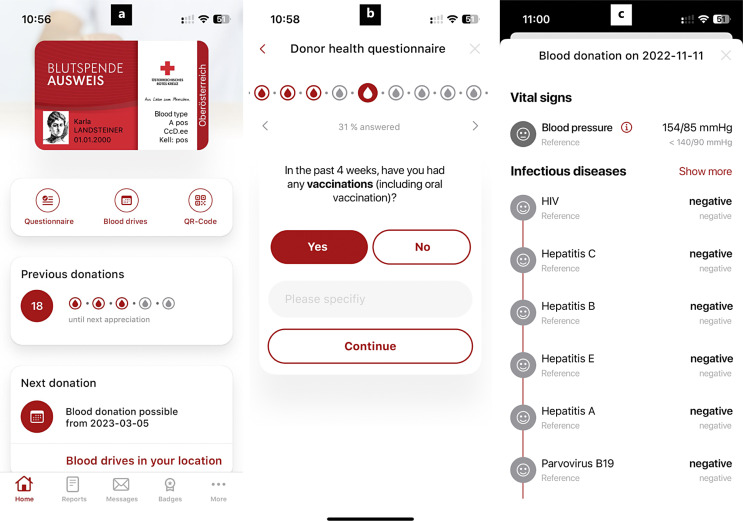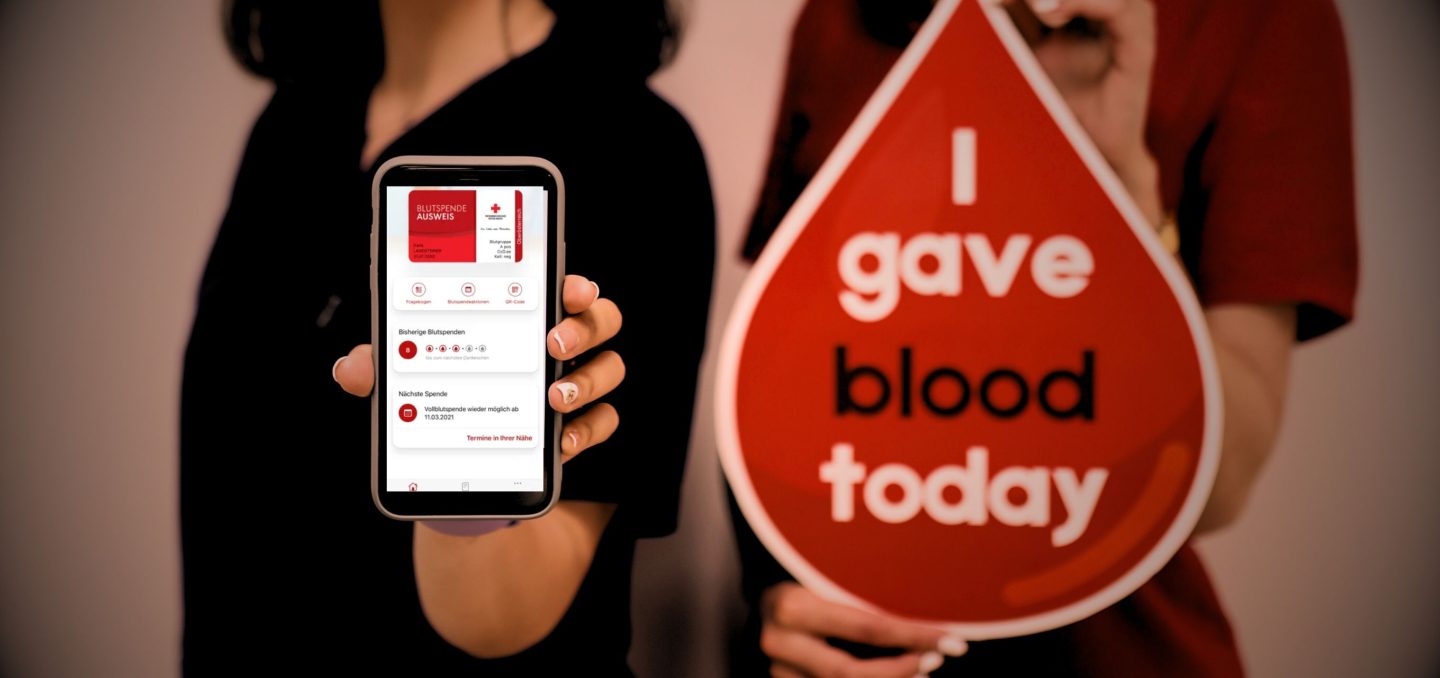Blood centers face a constant challenge in managing an adequate donor pool to ensure a steady blood supply. Traditional methods are increasingly insufficient, necessitating innovative solutions to streamline processes and attract new donors.
A study, published in PubMed Central, presented a digitalization method which could have an impact on donors and their behavior.
An app paired with a questionnaire
The team designed and created a blood donation app, fully compliant with all regulations and met donor expectations. Furthermore, the digitalization process serves the donor from preparation (a health questionnaire – DHQ) to the completion of laboratory testing (a medical report). Additionally, the app includes many features that continuously engage donors with the topic of blood donation.
Upon completion of laboratory testing, donors received a push notification and could access their medical report. Moreover, the report included test results, and if there were any significant findings, detailed information was available. A special view allowed for the historical analysis of numeric results and their development in tabular and graphic display (e.g., blood pressure, leukocytes). In addition, the linked website provided a detailed and understandable explanation for all laboratory parameters.

The team launched the app in April 2021 and collected data for this study within the first 18 months. Overall, there were 95,036 donations and 12,006 deferrals. Most of these donations happened at mobile blood drives (83%); the others took place in our donation center. Finally, after 18 months, 23,000 users registered for basic functionality, and 22,000 users verified their accounts for access to medical data and further functions.
Multiple independent blood donation centers and testing institutes connected to the central backend, using robust security layers and two-factor authentication with device binding and passwords or biometrics, transferred sensitive data in real time without storing it on the user’s smartphone or in the central backend.
Results
Eighteen months post-launch, the app has already garnered 45,000 users. The digital questionnaire has reduced the number of deferrals by 31.9% compared to the conventional paper questionnaire. Digital adopters show a significantly shorter donation interval (193 days compared to 316 days). In-app incentives include an identification card, rapid laboratory testing results (time-to-results are two business days for 95%), and a collection of badges, among others.
The app integration has streamlined the donation process, akin to conventional paper DHQ users. First-time donors could register instantly and update personal data effortlessly. This eliminates time wasted digitizing handwritten information and reduces errors. Verification, which takes up to 40 seconds per admission, is mandatory only once per user before full app access is granted.
The launch of the app was during the COVID pandemic, which had effects on blood donation habits. However, in 2022, these effects were no longer apparent. The analyses conducted will be repeated after some years to confirm that the findings are sustainable. Therefore, the given return rates are promising but not conclusive.



